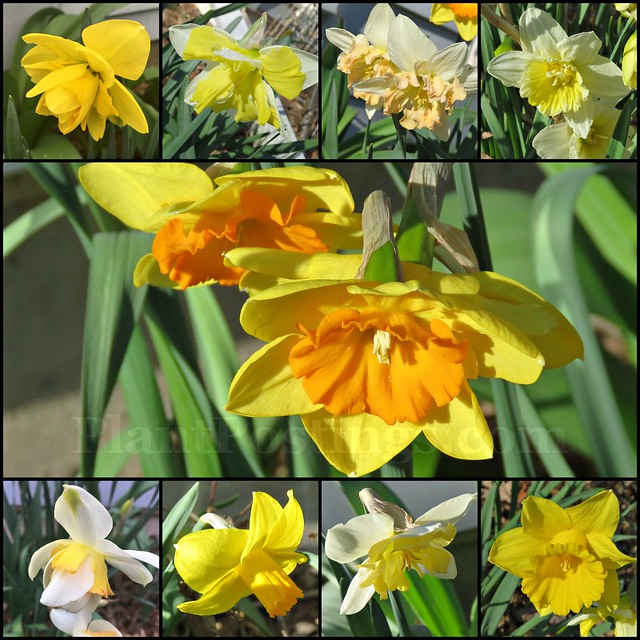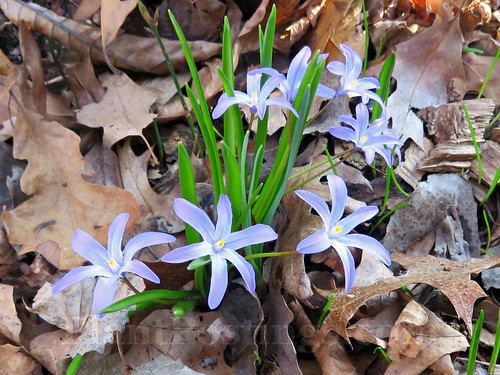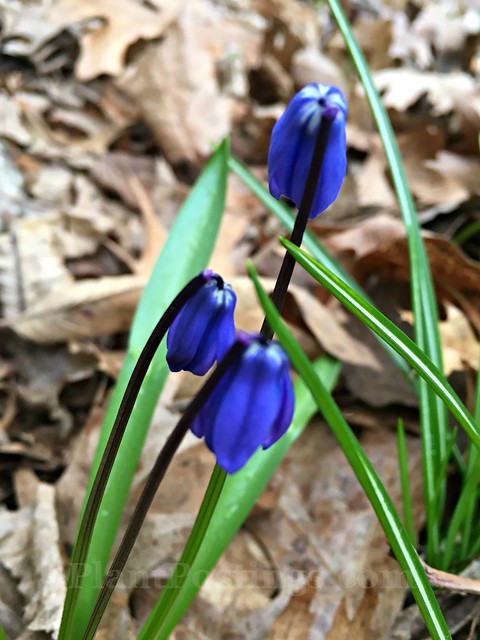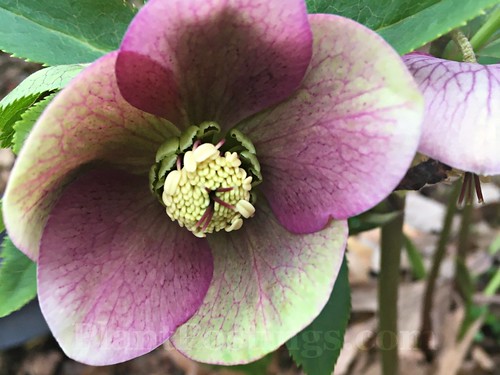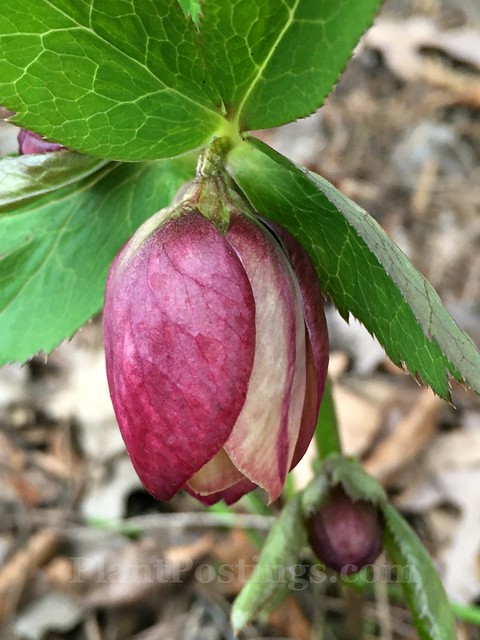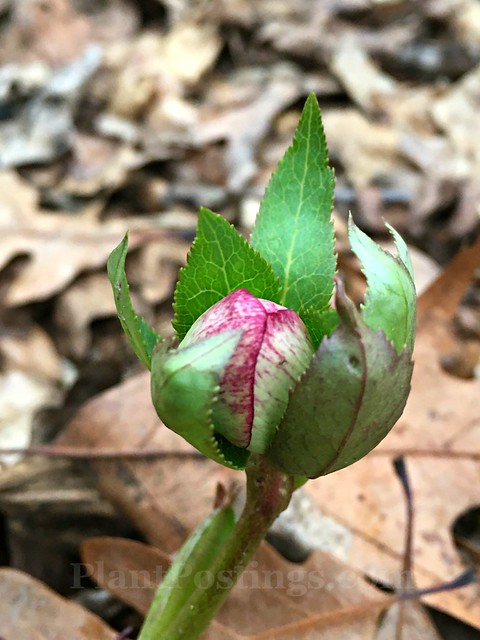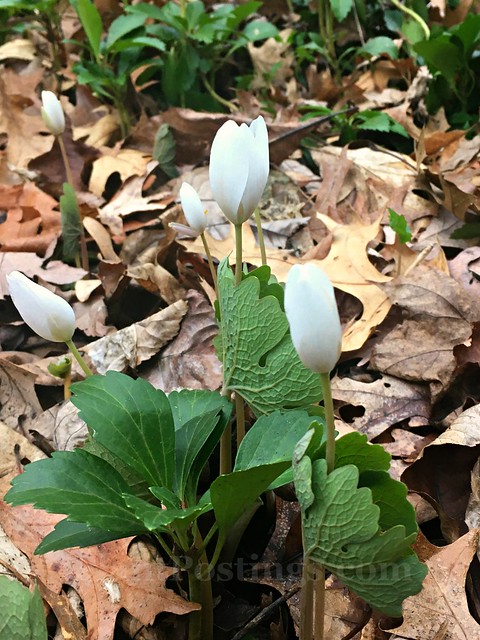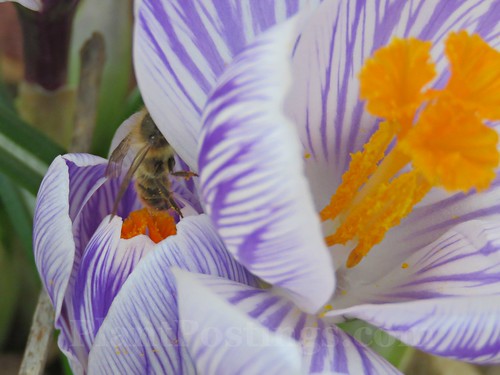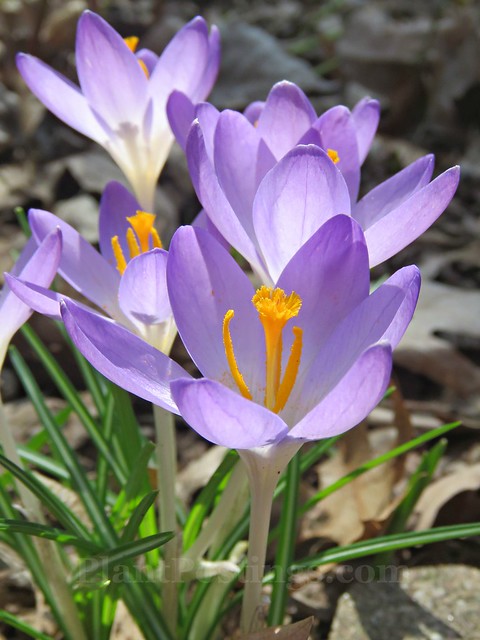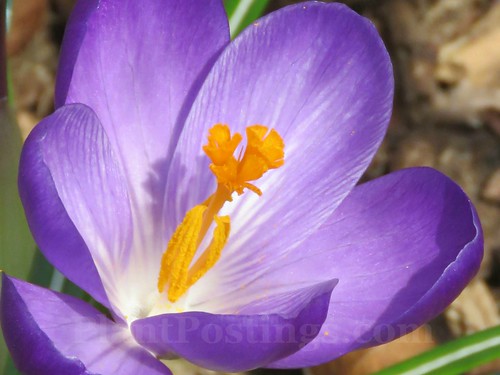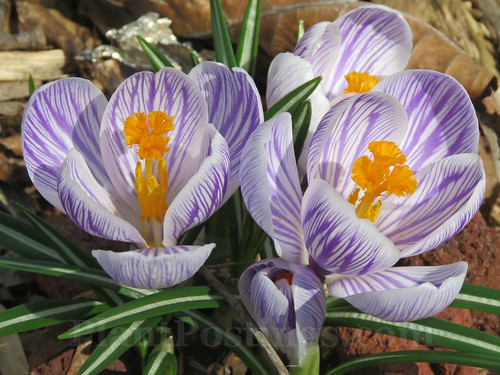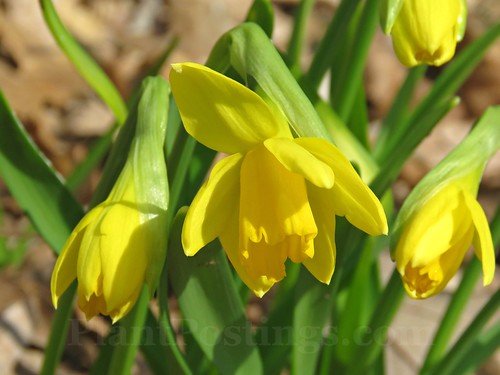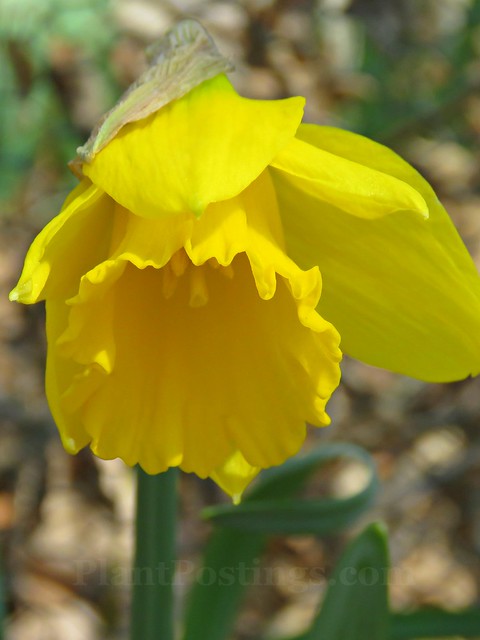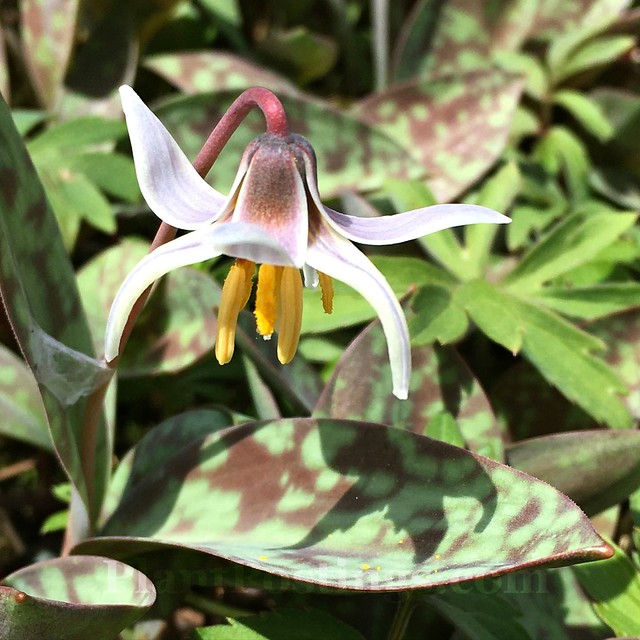
Last spring, while hiking in a favorite county park, I happened upon a colony of White Trout Lilies (Erythronium albidum). I'd been to that park dozens (100s?) of times over the years, but I hadn't visited that sweet little section during the early spring, until last year. What a beautiful sight to see--the forest floor was literally carpeted with the dainty white blooms.
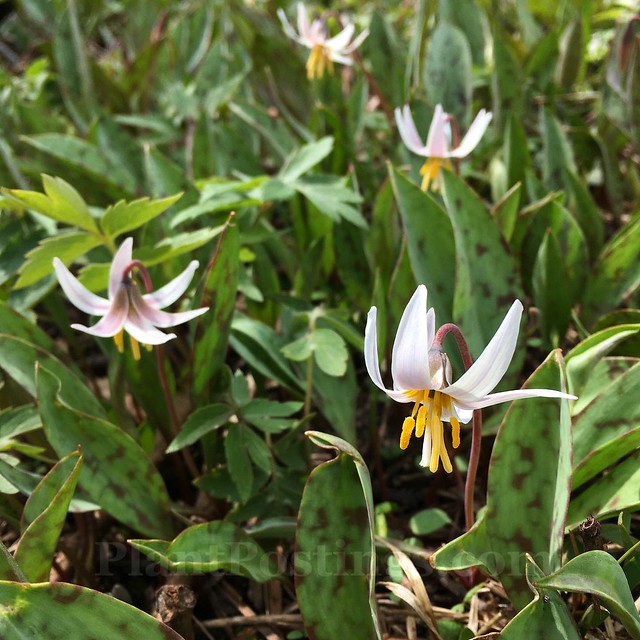
That section of the park has become a favorite destination, and I was thrilled to see the speckled foliage of these exquisite ephemerals emerging a couple of weeks ago; then flowering this week. This species of Erythronium is commonly found in low, deciduous woods; thickets; floodplains; and prairies in the early spring. Native to many areas of Eastern North America, it prefers part shade or shade, but in deciduous forests with plenty of spring sunshine.
I've noticed this plant is plentiful in the wooded section of the park very near a low spot next to the lake, while absent in the wooded hilly sections further from the shore, so it appears to need plentiful moisture.
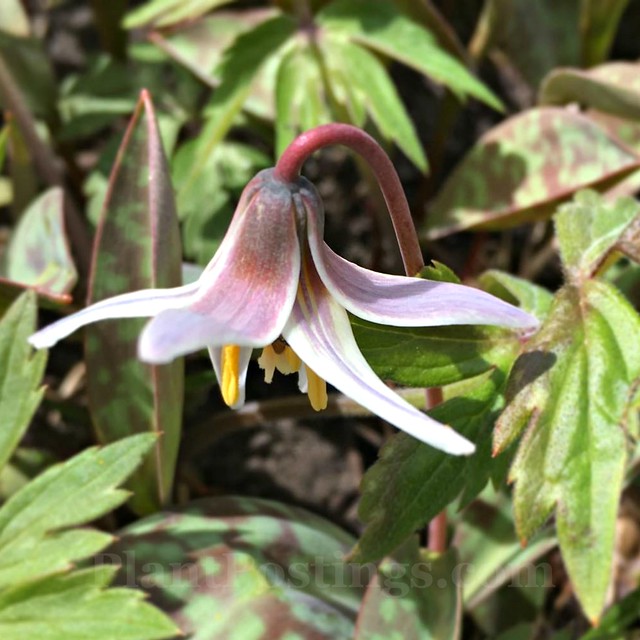
The one-inch, nodding flowers remind me of little caps, with curled petals and shy yellow stamens that extend down from the center. The blooms hang low off short, slender stalks. One of the first native ephemerals to bloom in the spring, the flowers close up at night and open in the morning.

One thing I did notice, comparing last year's photos to this year's, is that the flowers seem to have more color when they first bloom, and fade to a stunning translucent, linen-like white with time. I don't really have favorite flowers, but...what can I say...this one is exquisite.
I'm joining in Gail's Wildflower Wednesday. Head on over to her blog, Clay and Limestone to read about other amazing wildflowers. And Happy Earth Day!
